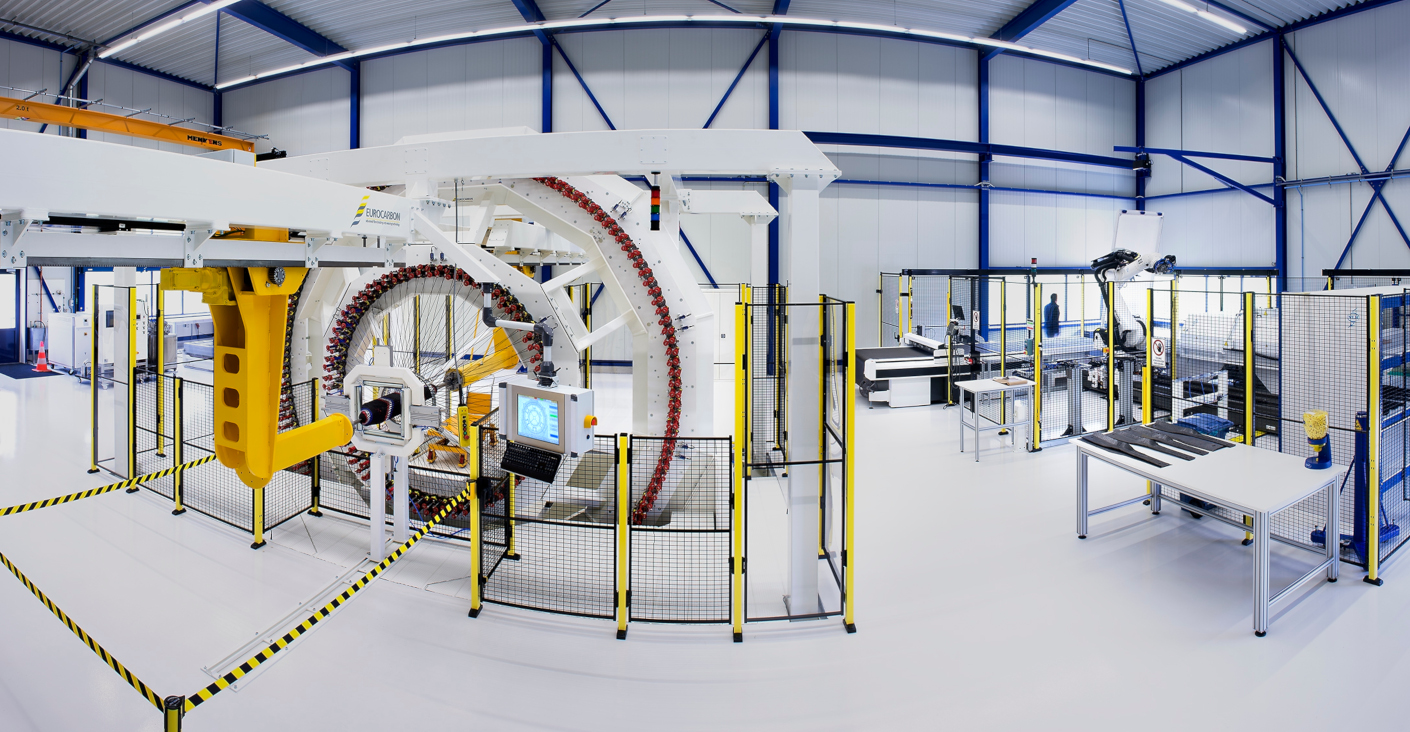Machinery in the workplace is governed by mandatory requirements to remove unacceptable risk of physical injury or damage to the heath of people either directly or indirectly.
This is achieved through functional safety for machines, which is the detection of a potentially dangerous condition resulting in the activation of a protective/corrective device or a mechanism to prevent hazardous events arising and provide mitigation to reduce the consequence of the hazardous event.
Functional safety is governed by Australian and New Zealand safety standards. An understanding of how these standards are applied is essential for end-users of workplace machinery. AZ/NZS 4024:2014 provides detailed guidance on how to ensure machinery has suitable levels of functional safety. The general principles for designing risk assessment and risk reduction are covered in AS/NZS 4024.1201:2014, with practical guidance and example of risk assessment methods covered in AS/NZS 4024.1303:2014.

Developing a safety system to deliver functional safety for machines starts with a risk assessment to determine the limits of the machine. The phases of the machine lifecycle should be considered from construction, transport and assembly to normal operation, maintenance and de-commissioning, as should space and time limitations. This is followed by hazard identification including electrical, thermal, noise, vibration, radiation, substance, ergonomic and common mechanical hazards, like crushing, entanglement, cutting and impact. A detailed list of common hazards can be found in AS/NZS 4024.1201: 2014 Annex B.
Once risks have been estimated, they must be evaluated to determine if further risk reduction is required. By using a combination of safety measures, the risk of a particular hazard can be eliminated or a reduction of the severity of harm and probability of occurrence of that harm can be achieved.
Safe design should be the first step in risk reduction, however when safe design doesn’t reduce the risk of a machine to an acceptable level, safeguarding such as guards, sensitive protective equipment, complementary measures such as emergency stop function, isolation and energy dissipation, and information for use should be applied.
During the design phase of developing a safety system, how the safety functions will be met is specified, such as stop function, emergency stop function, manual reset, stop and restart, response time, local control functions and muting.
While the use of Safety Categories in the design phase is still current in Australia and New Zealand, AS/NZS 4024:2014 introduced the calculation of Performance Level, with a more comprehensive procedure to ensure potential hazards are suitably controlled developed for every phase of a machine’s lifecycle from design through to decommissioning, and Safety Integrity Level (SIL) for machine safety.
The final step to deliver functional safety for machines is validation using tests and analysis to determine if the safety system meets the requirements of the specified category and the specified requirements of the part is met. This validation should be carried out by someone who is independent of the design of the system.
By understanding and applying the elements of functional safety for machines and the methodology of a developing a safety system compliant with AZ/NZS 4024, the risk of hazardous events can be removed or mitigated to achieve a safer workplace.